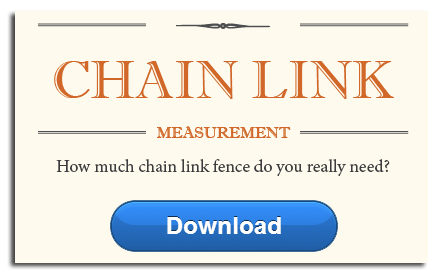When designing a playground, safety must come first. It’s tempting to start dreaming up slides and crawl-throughs and swings without consideration of proper safety precautions. Two hundred thousand kids a year are hospitalized for playground related injuries and you don’t want your playground to become part of that awful statistic.
Most important is proper ground cushioning. Bare dirt or grass is unacceptable, because all it takes is a little drought to pack the earth hard as concrete. The best material is a loose mix of wood chips, shredded rubber, pea gravel, or sand. Wood chips are less likely to burn a child’s feet on a hot day and rubber cushioning mats also work well.
Once you’ve chosen the cushion, there are a few regulations to follow when it comes to playground equipment.
If you are using loose cushioning, it should be twelve inches deep, six feet around the playground structure. Structures more than 30 inches high must be nine feet apart, to prevent kids jumping from one to another. Anything elevated must have a guard rail or rope. Guard fences must have openings of no less than 3.5 inches and no more than nine inches, so little arms can’t get trapped. It should have a fence, so kids can’t run into the road.
A cargo net is a strangulation hazard if the holes are too large or the net itself is frayed. Choose a netting that has holes that are small enough to avoid fingers getting caught for maximum safety.
Burns are a hidden danger of the playground, too. “Plastic or rubber slides are not so dangerous,” you may think. “They don’t heat up like metal.” Actually, they can. In sweltering Georgia heat, that playground equipment can burn a toddler’s thin, sensitive skin in no time. Even on a cooler day, say in the high seventies, the playground can heat up if the sun is shining. Put out a sign instructing parents to test all playground surfaces before letting their kids run free. A good test of whether equipment is too hot is to place the back of one’s hand on the surface. If it is uncomfortable for an adult’s hand, it will definitely burn a child’s skin. Always, always check the equipment. To reduce playground burns dramatically, consider built-in shade. A built-in shade is a big playground umbrella, attached to the top of the playground. It can reduce the temperature of the playground by up to 20 degrees, and on rainy days keep the playground dry and slip-free.
Once you’ve got your playground ready for use, there are ways to continue keeping it safe. Even if your newly built playground is the safest in the world, regular maintenance must take place. The ground cushioning must be checked for depth and obstacles that could trip children. Rusty metal or splintered wood is, of course, a big no-no. Check all moving equipment, swings, merry-go-rounds, and wheels, for pinch-points. Remember that children’s fingers are much smaller than yours, and can fit into tiny spaces. If any part of the playground doesn’t come up to regulations, it should be made off-limits and fixed as soon as possible.
Designing playgrounds is fun and having a place for children to run and play, but greater satisfaction comes from knowing that you have done all you can to keep the children safe.





